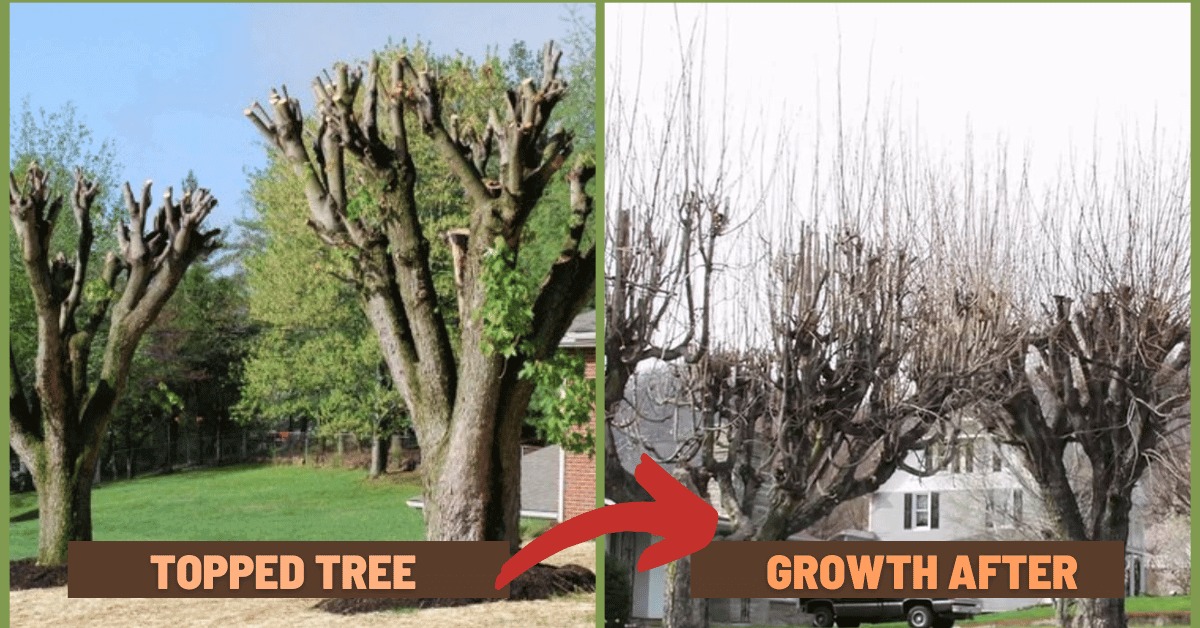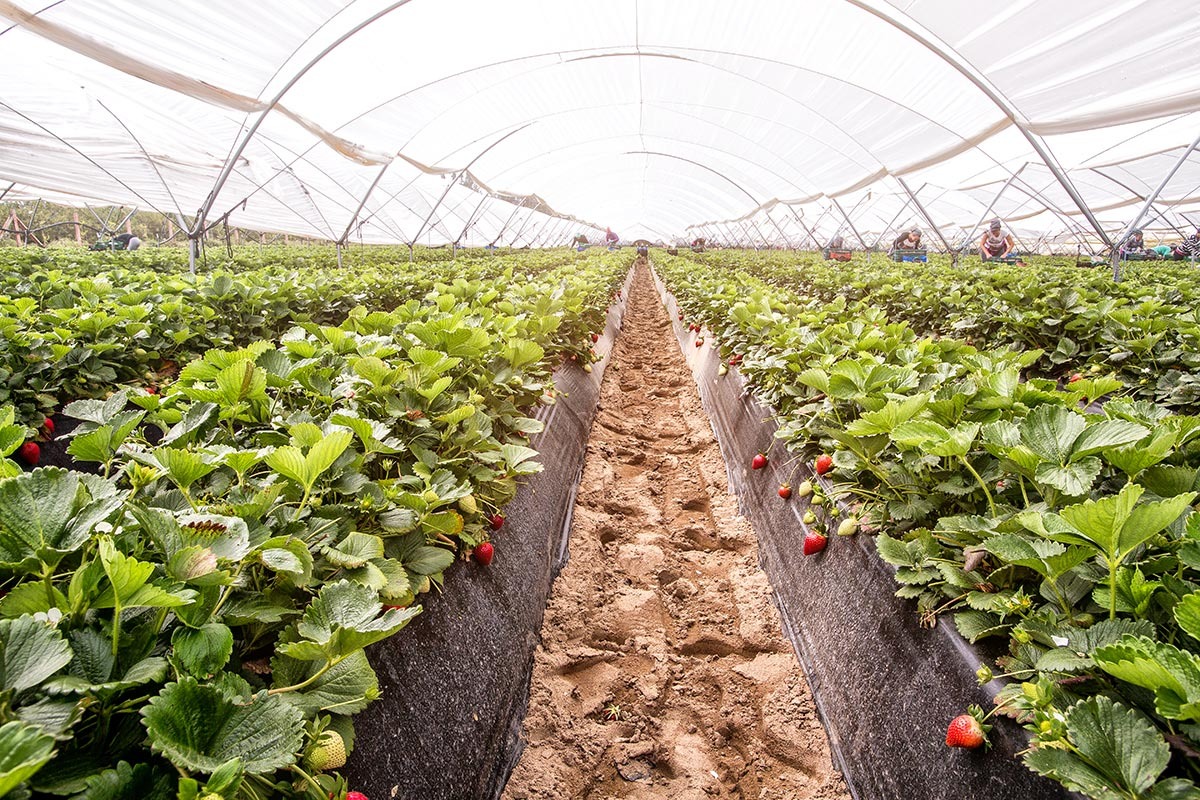Tree Shaping vs. Tree Topping: Which Method is Right for You?
In the realm of tree care, two prominent methods often stand at odds: tree shaping and tree topping. Each approach brings its own set of benefits and considerations. Understanding the differences between the two can significantly impact the health, aesthetics, and longevity of your trees.

Introduction
Trees, being essential to our environment, demand thoughtful care and maintenance. When it comes to shaping and pruning, the techniques employed can significantly influence a tree's health and appearance. Let's delve into the distinctions between tree shaping and tree topping, and decipher which might suit your needs best.
Tree Shaping
Tree shaping involves selective trimming and pruning to guide a tree's growth. This method focuses on directing branches for structural integrity, aesthetics, and safety. Arborists use precise cuts to shape the tree without compromising its health. By carefully removing specific branches, they encourage healthy growth patterns and enhance the tree's natural form.
Benefits of Tree Shaping
Improved Structural Integrity: Proper shaping ensures even weight distribution, reducing the risk of limb breakage during storms.
Enhanced Aesthetics: Shaping maintains the tree's natural beauty while controlling its size and appearance.
Healthier Growth: Pruning removes dead or diseased branches, allowing for better air circulation and sunlight penetration.
Tree Topping
Conversely, tree topping involves severe cutting, often removing large sections of the tree's crown. This technique is sometimes used to reduce a tree's height quickly or manage its size. However, it's widely considered detrimental to a tree's health. Topping can lead to decay, increased vulnerability to pests and diseases, and an unsightly regrowth pattern.
Drawbacks of Tree Topping
Health Risks: Topping leaves large wounds, making trees susceptible to infections and decay.
Unsightly Appearance: Regrowth after topping often results in weak, misshapen branches, detracting from the tree's beauty.
Reduced Lifespan: Trees that undergo topping have a higher mortality rate and shorter lifespan.
Choosing the Right Method
When deciding between tree shaping and topping, it's crucial to consider the long-term health and aesthetics of your trees. In most cases, tree shaping proves to be the more beneficial and sustainable approach. It promotes healthy growth, maintains structural integrity, and enhances the tree's beauty without causing long-term damage.
Conclusion
Tree care is an investment in the environment and your property's aesthetics. While tree topping might seem like a quick fix, it poses significant risks to the health and longevity of your trees. Opting for tree shaping ensures that your trees thrive, remain visually appealing, and contribute positively to their surroundings.
Whether it's shaping for better growth or topping for immediate size reduction, the choice ultimately impacts the tree's well-being. Prioritizing techniques that support a tree's natural health and beauty ensures a greener, more vibrant environment for generations to come.




